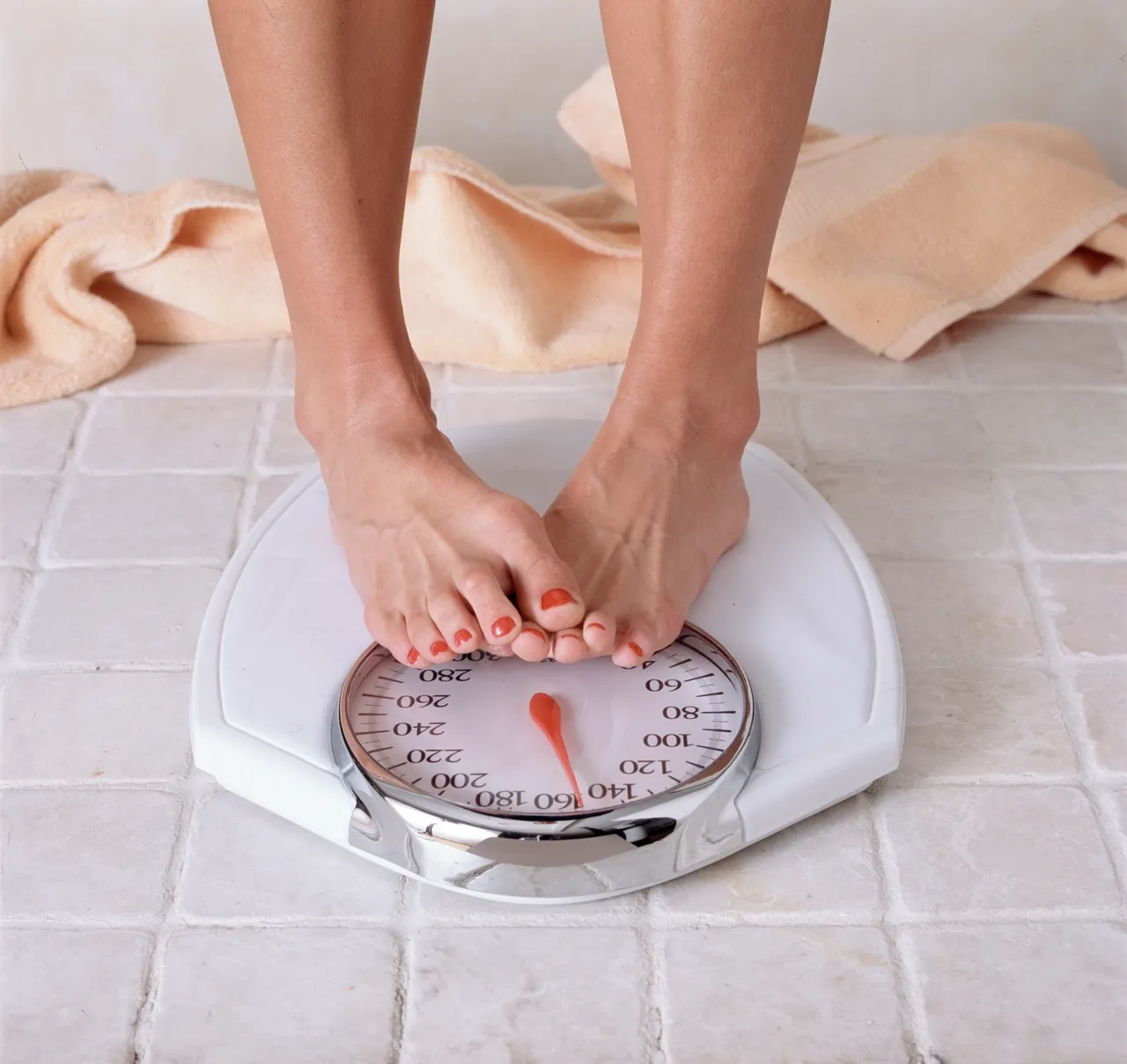You’re eating better. You’re moving more. But the scale won’t budge—and it’s driving you a little crazy. Sound familiar? You’re not alone. Many people feel the same way: frustrated, stuck, and wondering what else they could possibly be doing.
The good news? There are a few sneaky weight-loss blockers that might be getting in your way—and once you know what they are, you can make small, doable changes that actually move the needle. Let’s break it down.
1. You’re Overeating “Healthy” Foods
Yes, Greek yogurt, almonds, protein bars, and chicken are all healthy choices—but they still contain calories. And when you’re trying to lose weight, calories count, even when they come from clean, nutritious sources.

What to do: Start paying attention to portion sizes. A serving of Greek yogurt, for example, is about ¾ cup—not the giant bowl you may be spooning in. Try using a food tracker like the MyFitnessPal app to check in with how much you’re really eating. You can also use measuring cups/spoons or a food scale for a few days, just to confirm how much you’re really eating.
2. You’re Overdoing Healthy Fats

Healthy fats—like those found in nuts, seeds, olive oil, and avocados—are amazing for heart health (and your skin and brain). But they’re also calorie-dense. That handful of almonds? Around 180 calories. That drizzle of olive oil? Easily 100+.
What to do: Don’t ditch the fats—just measure them. A tablespoon of peanut butter is plenty. A quarter of an avocado goes a long way. Little tweaks can make a big difference over time.
3. You’re Not Prioritizing Cardio
As we age, our metabolism slows down, and heart-pumping activity can help counteract that. Cardio exercise helps burn calories, improve heart health, and boost mood.
What to do: Aim for at least 150 minutes of moderate-intensity cardio each week, as recommended by the American Heart Association. That amounts to 30 minutes five days a week, and includes things like brisk walking, cycling, swimming—whatever gets your heart rate up and keeps you moving.
4. You’re Skipping Strength Training

Muscle is your metabolism’s best friend. Muscle burns more calories at rest than fat, keeps your body strong, and helps prevent age-related weight gain. Yet so many people avoid lifting weights because they think it’s “not for me” … interpretation: they hate doing it!
What to do: The American Heart Association recommends at least two days a week of moderate- to high-intensity muscle-strengthening activity (such as resistance or weights). Bodyweight exercises, dumbbells, or resistance bands all count. Start small and work your way up—it doesn’t have to be complicated to be effective.
5. Your Sleep Habits Are Off
Not getting enough sleep—or not sleeping well—can sabotage your weight-loss efforts. Poor sleep messes with your hunger hormones, increases cravings, and drains your energy to the point where workouts feel impossible.
What to do: Prioritize sleep like you would your workouts. Go to bed at the same time each night, keep your bedroom cool and dark, and avoid screens at least 30 minutes before bedtime. The goal? 7–9 hours of good-quality rest.
Final Thoughts
Losing weight in middle age isn’t impossible, but it is different from what it was in your 20s. The trick is to work smarter, not harder. Make thoughtful changes, track what matters, and give your body the support it needs—not just in the gym but also in the kitchen and bedroom.
———————————
This post was written exclusively for to your health, a national health and wellness coaching firm based in Wallingford, CT. Its founder, Linda Hubbard, is an RN, Nutrition Specialist & Health Coach. She can be reached at linda@toyourhealth360.com.

